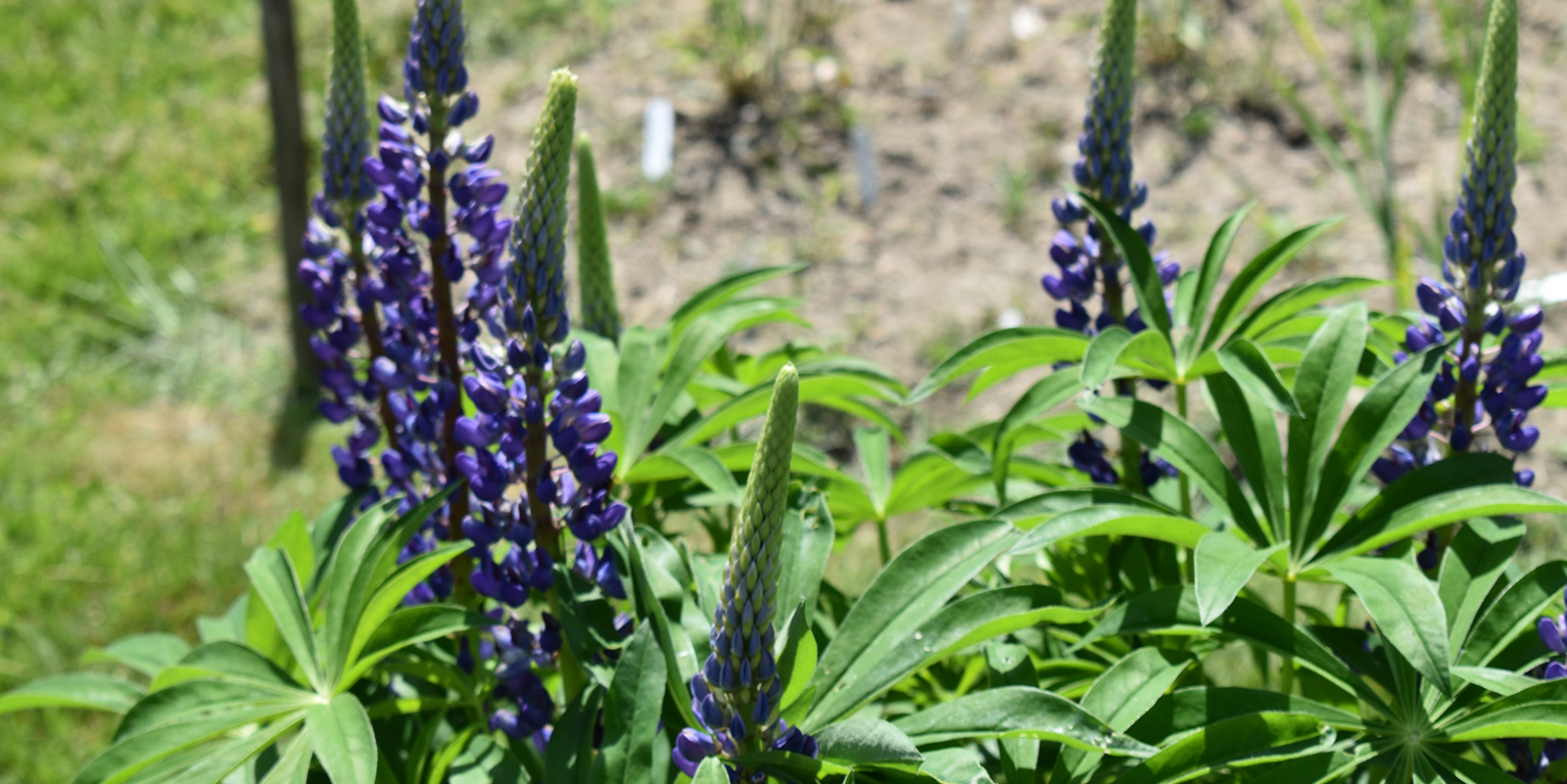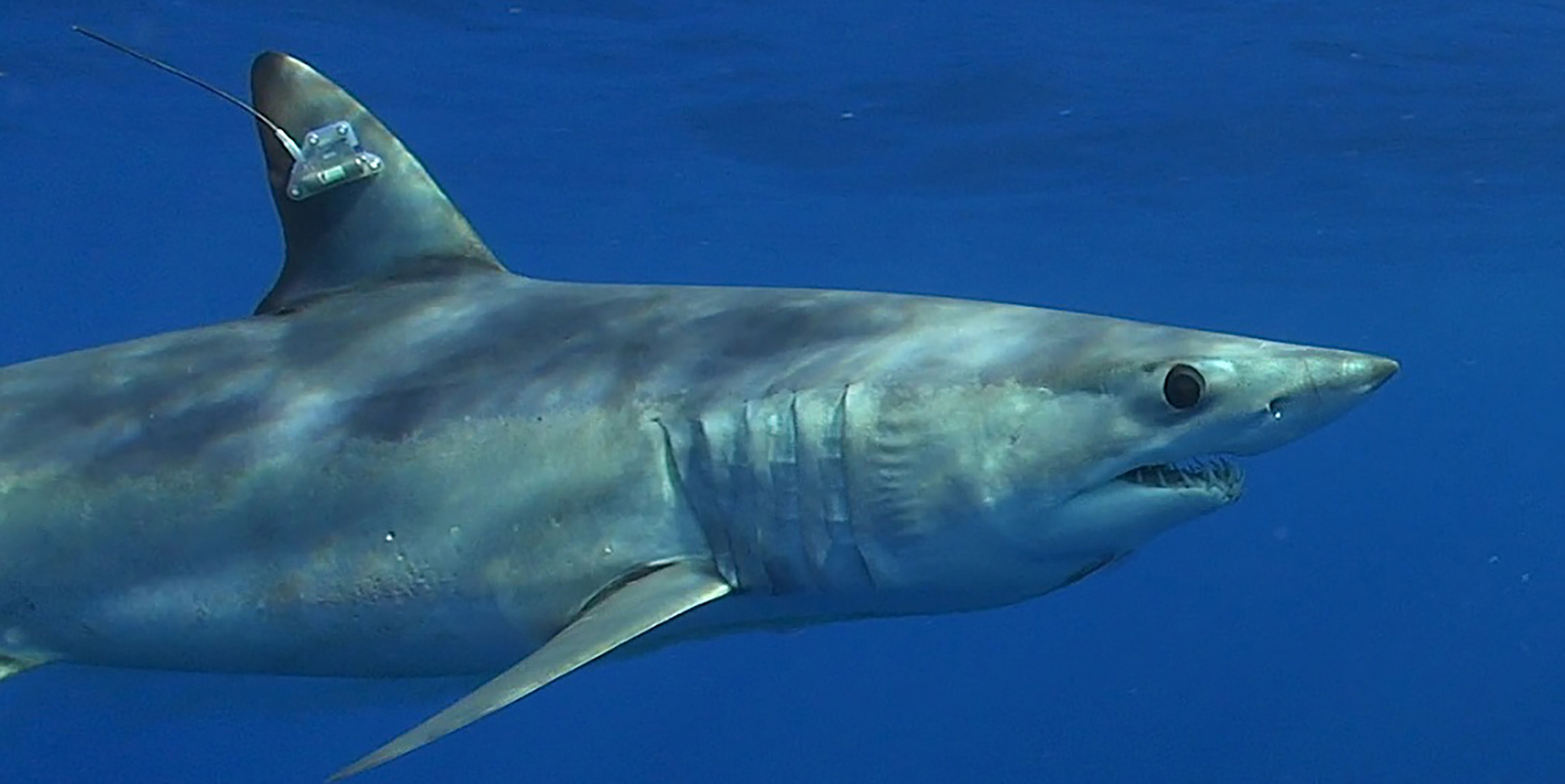Snake Den State Park Blitzed by Nature Enthusiasts
Wet May creates fungi-rich BioBlitz
June 12, 2017
JOHNSTON, R.I. — The cool and wet month of May provided at least one bit of good news: it boosted the total number of mushrooms and other fungi counted by volunteers at this past weekend’s 18th annual Rhode Island BioBlitz to a record high.
The 185 naturalists participating in the 24-hour event — held June 10-11 — sponsored by the Rhode Island Natural History Survey, which is used to assess the biodiversity of a parcel of land, counted a total of 1,073 species of wildlife at Snake Den State Park, including 102 varieties of fungi. The previous record for fungi was 88.
Among the other findings were 366 vascular plants — the second highest total on record — 73 birds, 13 mammals, 77 beetles, 24 butterflies, 146 moths, 21 mosses, 67 lichens, 30 spiders, 14 dragonflies, 20 ants — nearly doubling the previous record — 14 mollusks, 12 bees, four fish, six amphibians and eight reptiles, despite finding no turtles.
David Gregg, executive director of the Natural History Survey, said the totals were particularly notable because the 1,000-acre site wasn’t on the coast, so no marine species were counted. He expects that when the final identifications are confirmed, the 2017 BioBlitz will have the fourth-highest species count since the event began, behind only Jamestown, Little Compton and Narragansett, all of which included a marine component.
“The other take away is that this year’s site is near Providence and it’s a working farm, so there are limits to how much you can expect to find,” Gregg said. “It’s not a pristine ecosystem like you’d find in Hopkinton or Glocester, and yet it’s actually a really good total and there are a lot of interesting things to see there. It’s well worth having protected the property.”
While the wet spring helped boost the mushroom numbers, Gregg said it probably depressed the counts of many insects such as dragonflies and butterflies, which may have delayed their activity until the weather warmed up.
The weather may have affected spider numbers, too. In a good year, spider experts typically tally 40 to 50 species, but they found just 30 this year. Mike Kieron of East Providence, curator of the Roger Williams Park Museum of Natural History and and Planetarium, said there is a great diversity of spiders in the state, but finding them can be difficult.
“We found a lot of jumping spiders, which are one of the most active kinds of spiders, and some fishing spiders that can get up to two inches across,” he said. “Jumping spiders are ambush hunters, so they just sit there and wait for something to come by and they jump on it. They have two enormous eyes that give them such personality. They’re cute little guys.”
Mark Mello of New Bedford, Mass., the research director at the Lloyd Center for the Environment in Dartmouth, may have found the most notable species of the event: a black-bordered lemon, a tiny yellowish moth with a black line along the rear edge of its wings. It’s a species that he believes has never previously been recorded in Rhode Island.
“We’re at the northern edge of its range and its habitat is restricted, so it’s a good find,” he said as he sorted and pinned moths captured in light traps during the event’s overnight hours.
Jason Crockwell traveled from Pittsfield, Mass., to participate in the BioBlitz and search for slugs and snails, a category few volunteers paid much attention to in previous years.
“I started out interested in mushrooms, but I kept coming across slugs eating mushrooms, which prompted me to start looking into the slugs,” said Crockwell, who travels throughout the United States and Canada looking for slugs and participating in BioBlitz events. “I had a hard time finding information about them, since apparently nobody else is studying them, so I figured that was a niche I could hone in on.”
Crockwell found all four of the slugs native to Rhode Island, and several species of snails as well.
One group of BioBlitz volunteers calls themselves the “Litter Bugs.”
“We’re really interested in all the members of the animal kingdom that live in leaf litter, on the forest floor or in the upper level of the soil,” said Robert Smith of Providence, a medical researcher with an avocational interest in field biology. “We mostly end up identifying macro-invertebrates — things like millipedes and springtails and spectacular pseudo scorpions.”
They scoop up small quantities of soil and leaves and sort through it until they find living creatures, which they then identify under a microscope.
“What appeals to me about this is that in one trowelful of litter and soil you really have an entire ecosystem,” he said, noting that the Litter Bugs typically identify 20 to 30 species at each BioBlitz. “You don’t have to walk miles through a forest to find them. Most of the organisms probably live their entire lives in a very constrained area. You’re looking at the whole spectrum of an ecosystem in one scoop.”
Last year’s BioBlitz was held at the Kenyon Crossings Preserve in Hopkinton, where 1,050 species were identified.
Rhode Island resident and author Todd McLeish runs a wildlife blog.



